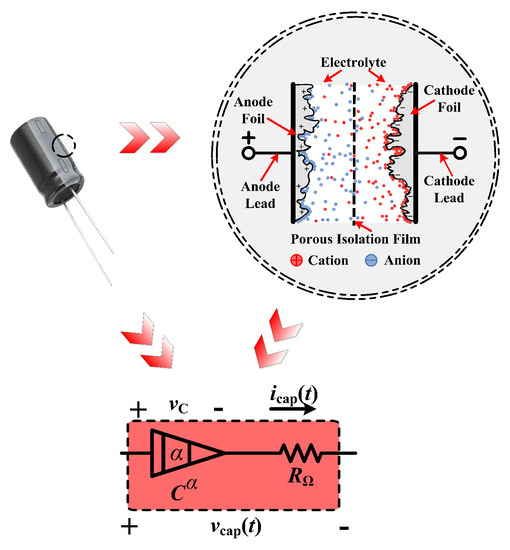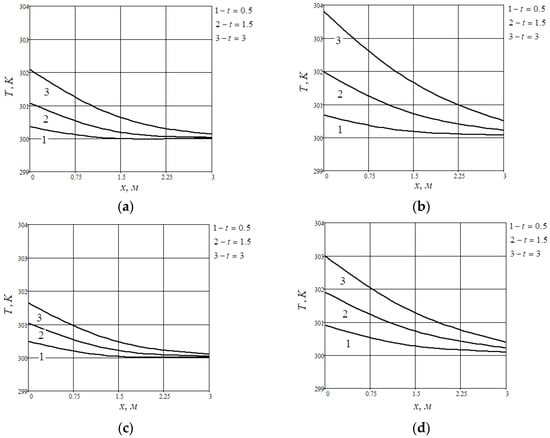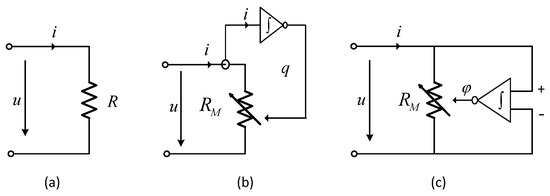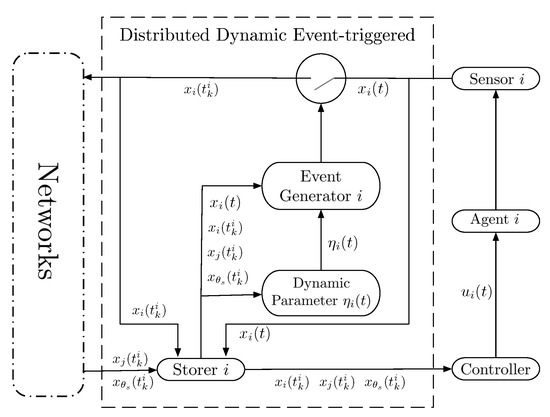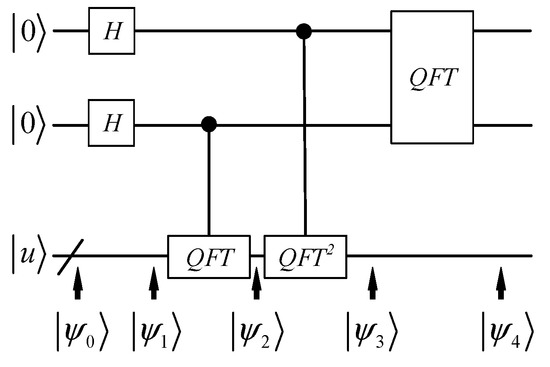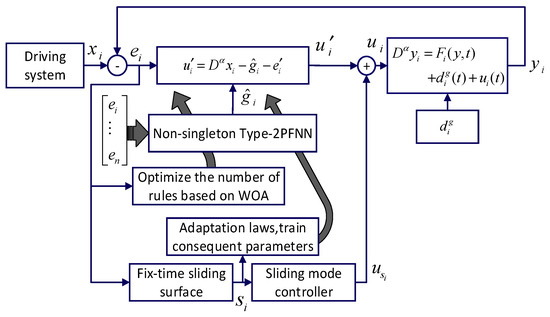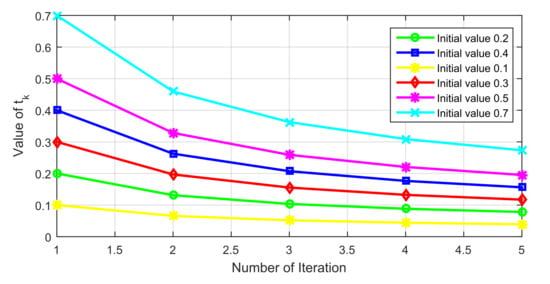Fractal Fract. 2023, 7(3), 262; https://doi.org/10.3390/fractalfract7030262 - 14 Mar 2023
Cited by 3 | Viewed by 1767
Abstract
The close link between the roughness of a surface and its adsorptive properties in Cerofolini’s model yields, with an adequate choice of adsorption energy, the well-known Dubinin-Radushkevich or Freundlich adsorption isotherms. Assuming fractal behavior concerning both energetic and geometric surface heterogeneities described by
[...] Read more.
The close link between the roughness of a surface and its adsorptive properties in Cerofolini’s model yields, with an adequate choice of adsorption energy, the well-known Dubinin-Radushkevich or Freundlich adsorption isotherms. Assuming fractal behavior concerning both energetic and geometric surface heterogeneities described by the power-law expressions and fractal dimensions, the paper will develop some fractal adsorption isotherms. Using our theoretical approach, fractal isotherms will provide insights not only into the fractal behavior of the surface geometry but also into the fractal energetic heterogeneities, implying that a sorbent does not need to be porous to apply a fractal isotherm: adsorption on “flat” surfaces can also be described by fractal isotherms and fractal dimensions related to energetic disorders. For example, the theory will be applied to computing the energetic fractal dimensions of some nanoparticle catalysts, Rh/Al2O3, Rh/TiO2, and Rh/WO3.
Full article
(This article belongs to the Special Issue Fractal Analysis and Fractal Dimension in Materials Chemistry)
►
Show Figures

